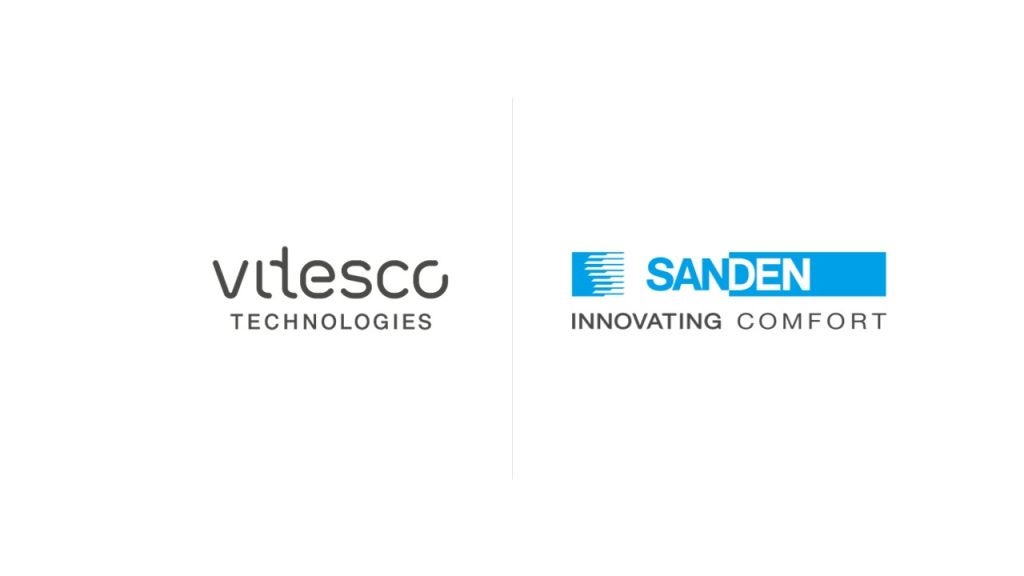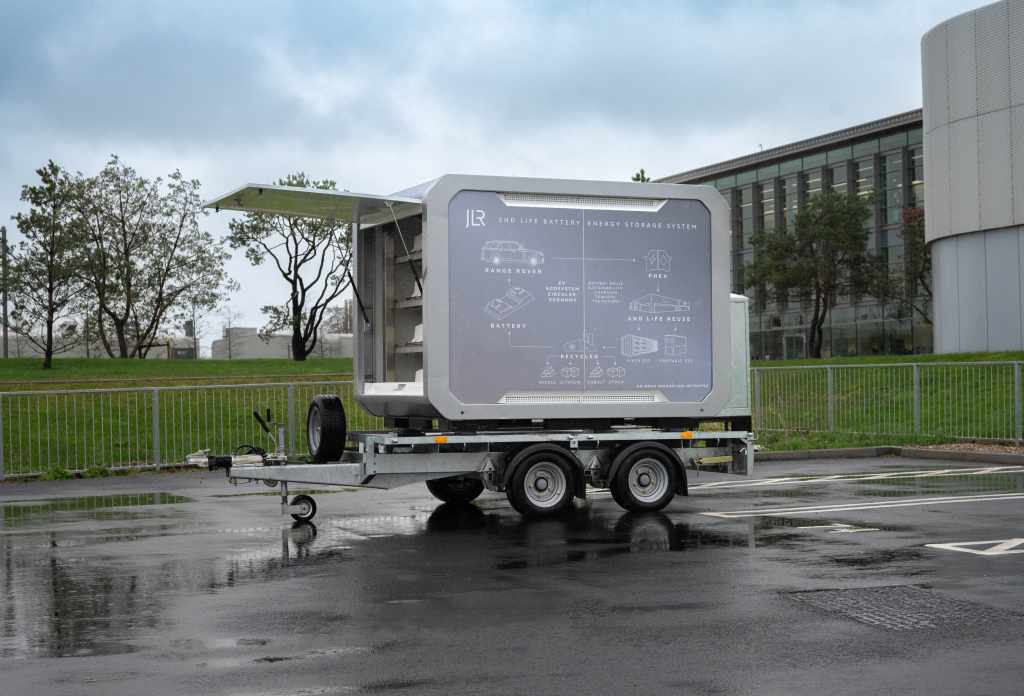The global transmissions market has changed rapidly in the recent past. The requirement for greater fuel efficiency in particular has brought a great deal of dynamism to the global transmission market. In this month’s management briefing we bring you selected extracts from just-auto Qube‘s research service, Global light vehicle transmissions and clutches market, starting with an overview of the market.
Dynamism in the transmissions sector is reflected in both the types of transmission that are finding favour and the number of forward gears employed. These overarching trends are also meshed with different regional preferences for transmission types that continue to prevail.
In terms of broad transmission types the overall global trend is towards increased automation of gear shifting, even in Europe, which has long held out as the last stronghold of the manual transmission in the mature markets. The prevailing view in Europe has long been that the manual transmission – in good hands – is a more efficient means of changing gear than a torque converter automatic.
This is no longer always the case thanks to the introduction of lock-up torque converters, more ratios and more sophisticated electronics, while the advent of the dual clutch transmission (DCT) is also challenging the long-held perception that conventional manual transmissions are the most efficient systems available. As well as better efficiency being on offer from automatic transmissions these days, be they of the torque converter or DCT type, it is also the case that test-driving cycles that produce a vehicles’ fuel economy or CO2 rating are more likely to be replicated in the real world when shifting is automated. Finally, increasing urbanisation and associated greater traffic congestion is promoting the requirement for greater in-car comfort and convenience that an automatic transmission can provide.
The other significant development is in the number of forward gears employed by transmissions, be they manuals or automatics. More gears allow for a better ratio spread so that for any given engine speed the transmission’s gear can be more optimally matched for better fuel economy.
The trend for engine downsizing, again driven by fuel economy/CO2 requirements, is also boosting the introduction of more forward gears. Downsized turbocharged engines have a lower optimal operating range than normally aspirated engines which increases the need for a greater ratio spread. Gear ratio spread is calculated by dividing the lowest – 1st gear – ratio, which is generally used for vehicle launch, by the highest – top gear – ratio, which is employed for economical cruising or maximum speed. Typically, first gear is a low ratio to enable easy low-speed manoeuvring and brisk pulling away from a stationary position. Where fuel economy is the primary objective, top gear is an overdrive ratio, providing a comfortable cruising speed while the engine runs well within its maxima. For outright performance, as in Formula 1 racing for instance, the top gear ratio is calculated by taking account of straight lengths and aerodynamic drag build-up, so that maximum possible speed will coincide with the engine’s peak output and safe revs.
How well do you really know your competitors?
Access the most comprehensive Company Profiles on the market, powered by GlobalData. Save hours of research. Gain competitive edge.

Thank you!
Your download email will arrive shortly
Not ready to buy yet? Download a free sample
We are confident about the unique quality of our Company Profiles. However, we want you to make the most beneficial decision for your business, so we offer a free sample that you can download by submitting the below form
By GlobalDataThe trend to more gear ratios has always been a fact of life in the powertrain sector, but each innovation in forward gear number was taken to be the limit of both the technology and how many gears the driver would tolerate. However, recent technology changes in automatic transmissions have also brought about packaging benefits which have allowed more forward gears while also introducing sophisticated electronics that render gear shifts almost imperceptible to most drivers. Now six-speed manual transmissions dominate the market, with Porsche and others having added seven-speed manuals. With automatics, where six-speeds were once the perceived optimum, eight-speed boxes are now commonplace, while ZF introduced its 9-speed automatic transaxle in 2013 and other manufacturers are known to be working on both 10-speed DCTs and 10-speed inline automatic transmissions.
The days when the US was largely a torque converter automatic transmissions market and Europe essentially a conventional manual market are now over. The emergence of dual clutch transmissions is quickly changing the transmissions sector landscape, much more extensively than any other technical development in transmissions has done to date. The US and Europe will develop a three-way split between conventional automatics and manuals, alongside the new dual clutch systems, with other technologies such as CVTs taking a modest share of the market. There has also been a mini revival in the CVT market, largely from Japanese and Korean vehicle companies’ operations in the US and parts of Asia, although in Europe, CVTs remain a marginal technology.
Japan meanwhile has already developed a three-way split of its own, between manuals, automatics and CVTs. Indeed, Japan is the only developed automotive market with a strong orientation to CVTs, largely owing to the size of the small car sector – particularly the kei car segment (i.e. uniquely Japanese vehicles with various parameters including a cap on engine displacement of just 660cc) – and also due to congestion in Japanese cities making the comfort of the CVT appealing to the market there. In Japan, because of the established nature of CVTs, we expect the transmissions market ultimately to develop a four-way split, with DCTs gradually coming into play alongside manuals, automatics and CVTs.
Some Asian markets will follow Japan and see a growth in the adoption of CVTs; certainly this is what a couple of the major players in this market are banking on – JATCO has established substantial CVT manufacturing capacity in China and Bosch has done the same in Vietnam, with the Bosch factory intended to supply China, India and Japan. JATCO has also invested heavily in Mexico to supply components and CVT systems both to NAFTA vehicle assembly plants and to those located elsewhere around the world.
Outside the established triad markets, manuals still predominate, albeit not so much in Korea, but especially so in Russia, China, India, Brazil and Iran, the largest emerging market vehicle production countries. As with the developed world, these countries will gradually see DCTs and conventional automatics increase in importance and grow their penetration as consumer preferences develop and their economic or financial positions improve in parallel. However, these markets are still dominated by small, entry-level vehicles, and will, in all likelihood, remain dominated by such vehicles in the medium term. The opportunity for these markets to adopt DCTs and automatics to the same degree as developed markets will be limited by these systems’ higher costs and the lower economic resources of the mass of the car-buying public in these markets. Automated manuals will continue to offer a low cost alternative to ATs and DCTs; although VW has chosen AMTs for the “automatic” version of the Up!, we believe AMTs will remain a relatively marginal application worldwide.
The uncertain global economic outlook and the variety of ways in which different countries will handle the economic challenges which lie ahead will in turn determine how fast their vehicle markets change – and therefore the types of transmissions fitted to the cars made in each region also change in turn. What is certain is that as fuel prices continue to rise, as they inevitably will, there will be increased pressure on the vehicle companies to reduce fuel consumption, whether through developing all-electric or hybrid powertrains or “simply” improving the efficiency of the internal combustion engine and conventional transmissions. Transmission development is a relatively low-cost route for the OEMs to improve the fuel economy of their fleets compared with the adoption of advanced combustion technology.
With this in mind, technologies like stop-start, across all transmission types will play an increasingly important role due to it having a low on-cost in return for fuel economy improvements anywhere between 3 and 10%.
See also: ANALYSIS: Honeywell sees fast growth in turbos ahead







